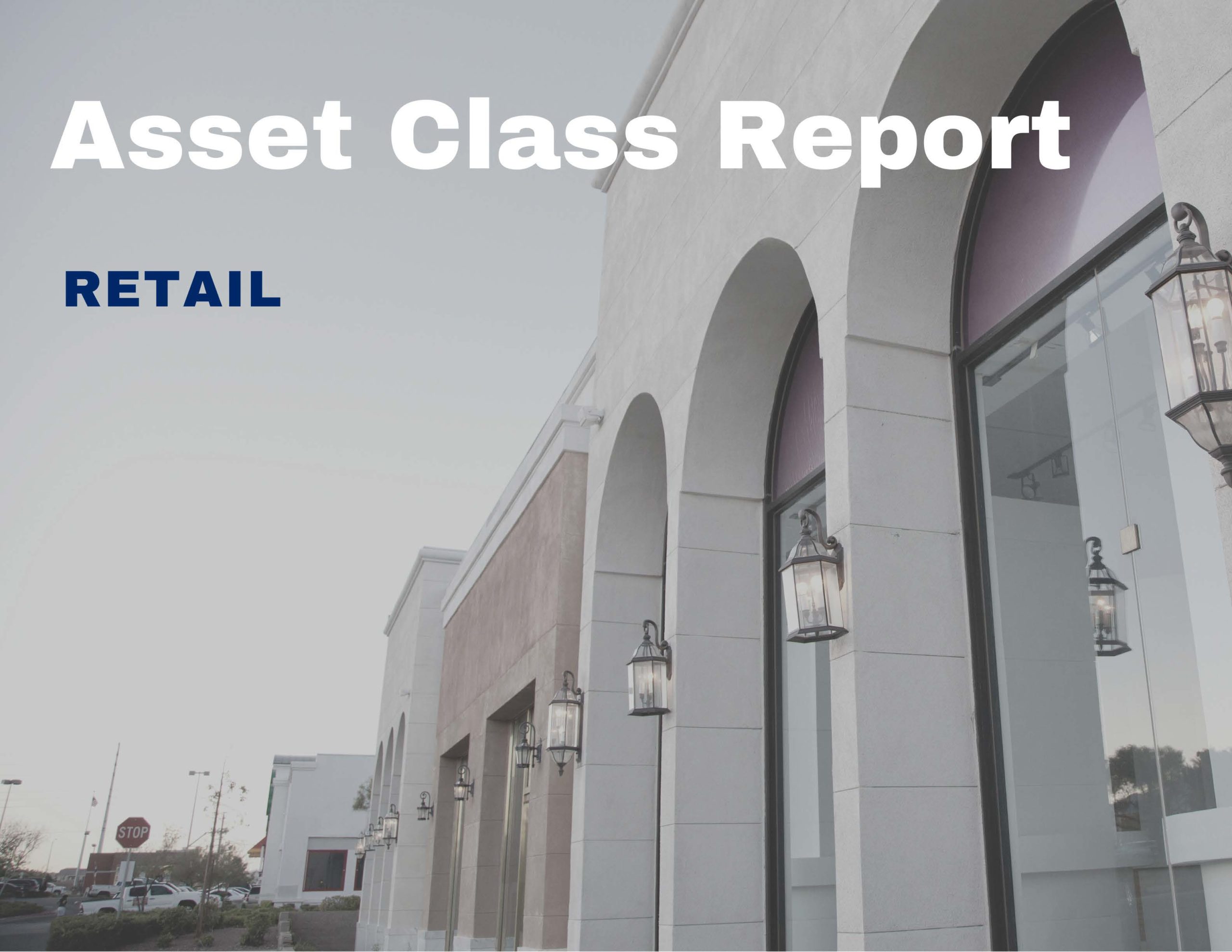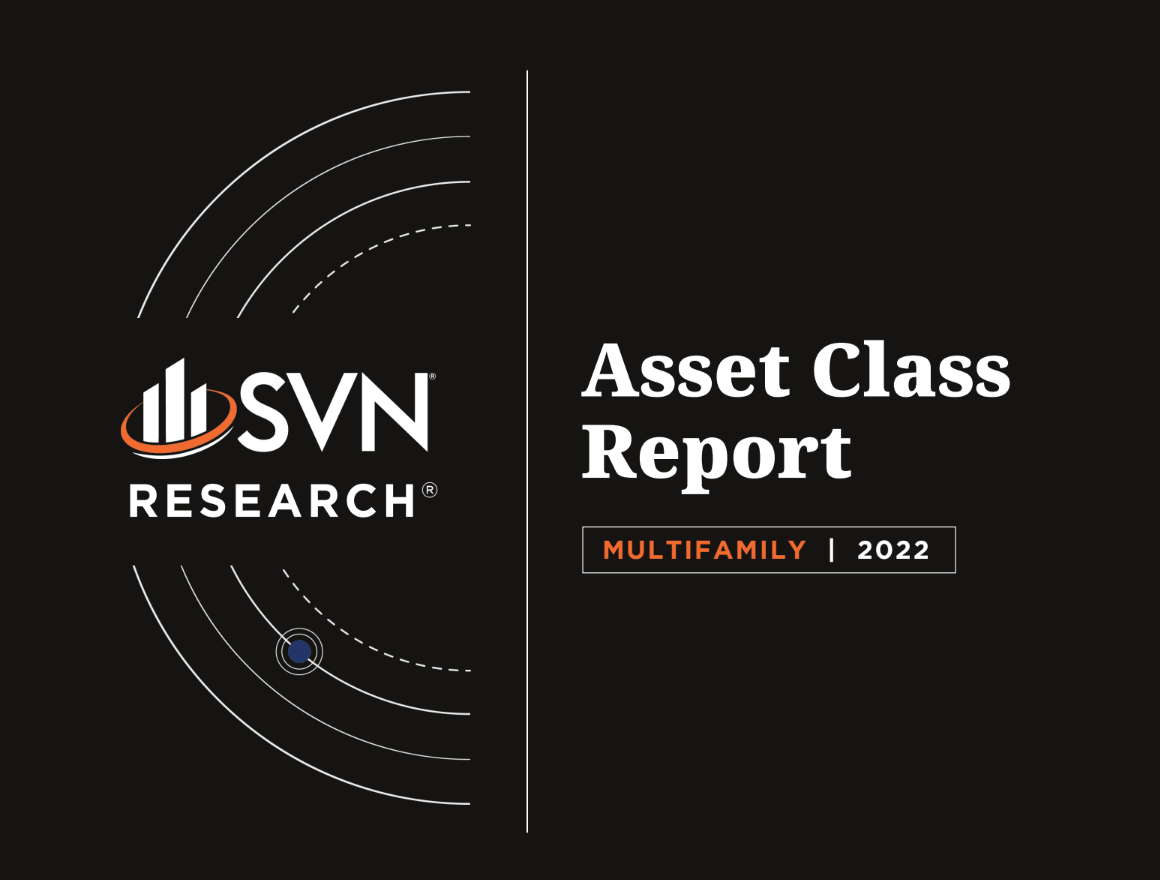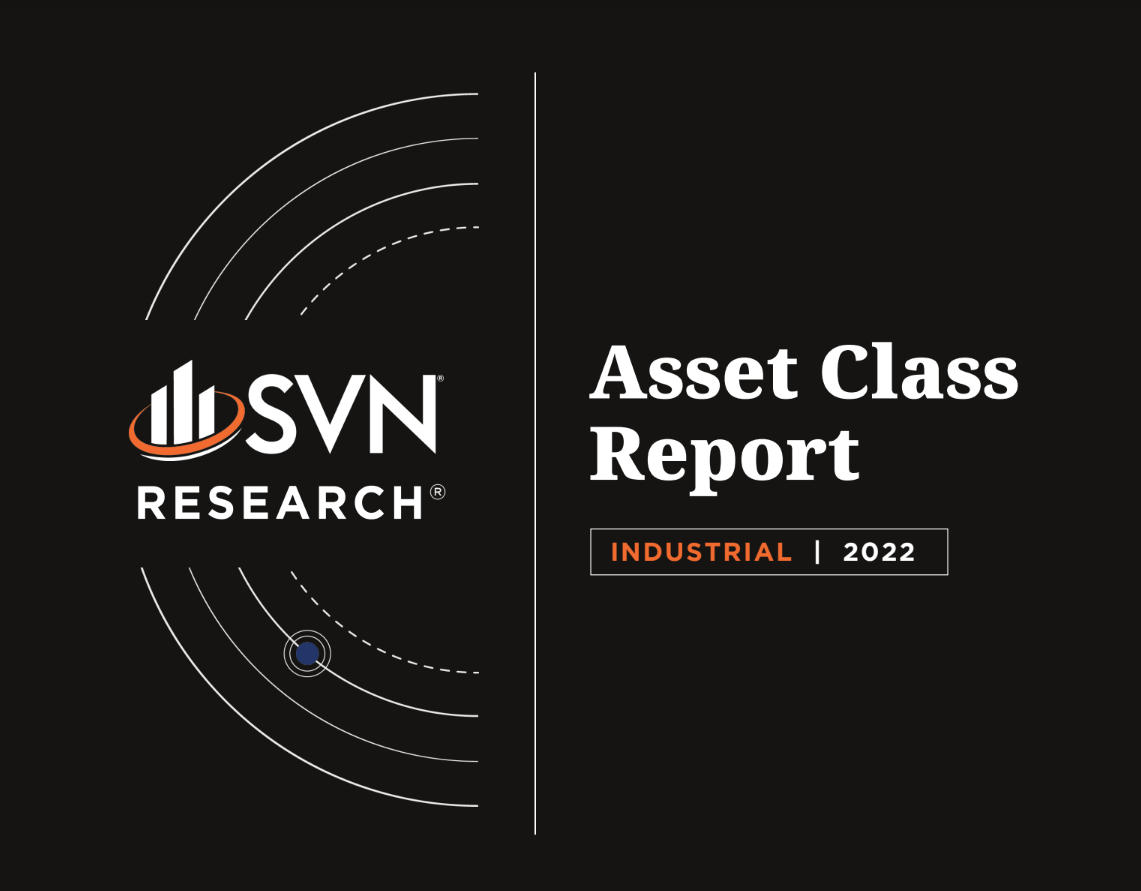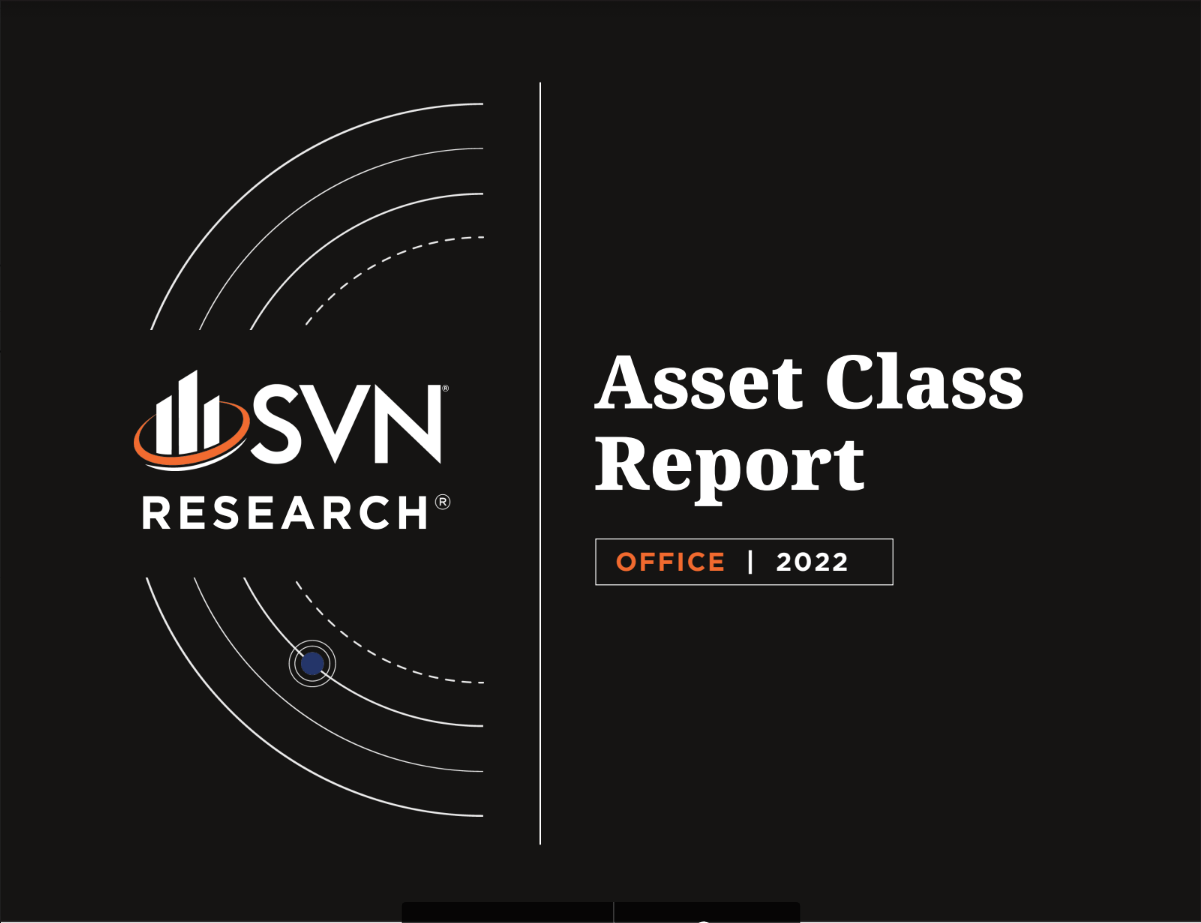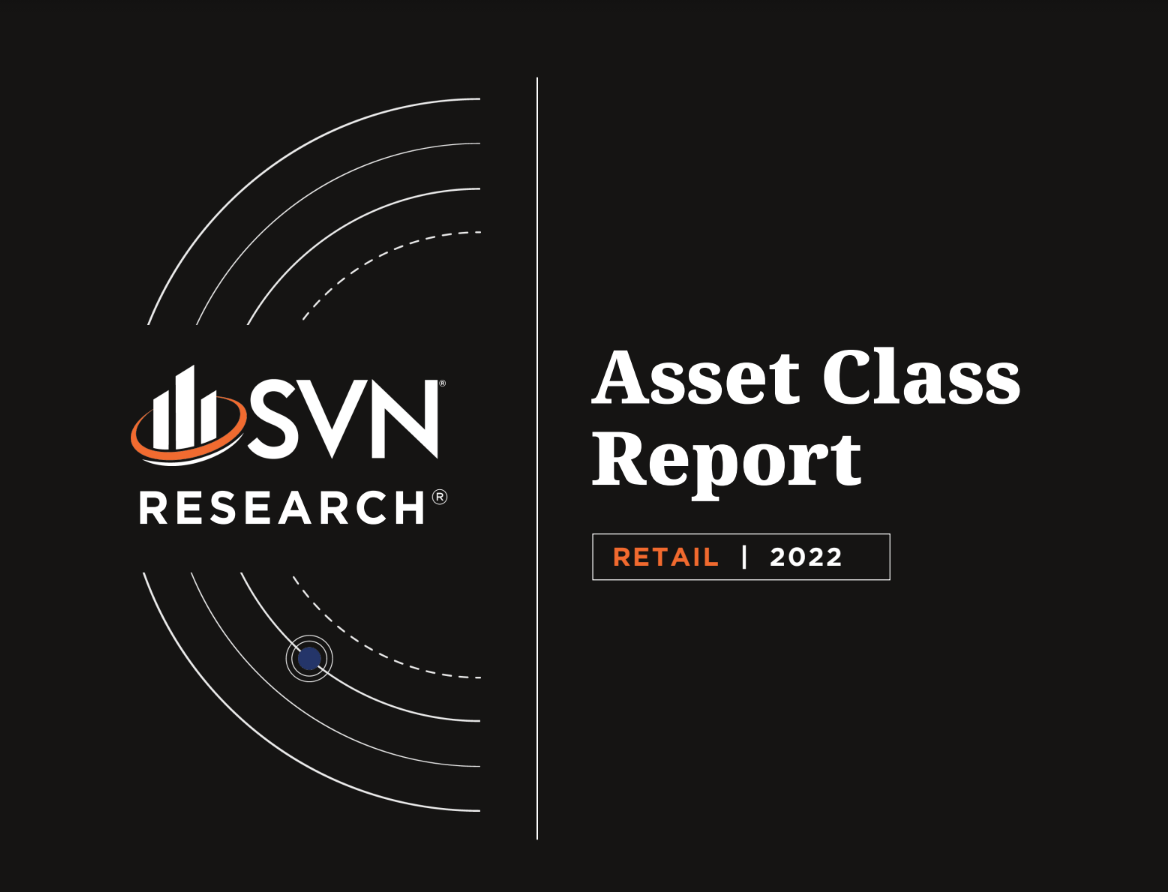admin / February 27, 2023
Commercial Real Estate Economic Update 02.24.2023
Commercial Real Estate Economic Update 02.24.2023
Featured Topics
-
-
Homebuilding Sentiment Rises
-
FED Meeting Minutes
-
A Business Travel Rebound
-
Independent Landlord Rental Performance
-
Industrial Originations Fall
-
MSCI-RCA Property Price Index
-
CPI Inflation
-
Philadelphia FED Manufacturing Index
-
New Residential Construction
-
US Retail Sales
-
Economic Update 02.24.23 – (Download Full PDF)
1. HOMEBUILDING SENTIMENT RISES
• According to the latest data from the National Association of Home Builders (NAHB), homebuilding confidence is on the rise. The NAHB/Wells Fargo Housing Market Index (HMI) rose seven index points to a level of 42, its highest reading since September and the most significant monthly increase in the index since June 2013.
• Homebuilder sentiment registered at 81 one year ago, but started to fall as mortgage rates and other borrowing costs slowed demand and hindered supply in 2022. While index levels below 50 are considered in ‘pessimistic’ territory, sentiment had fallen to a low of 31 in December.
• According to analysts at NAHB, the uptick in sentiment reflects recent incremental gains in housing affordability amid a persistent housing shortage.
2. FED MEETING MINUTES
• Despite reducing their pace of rate increases in January, leading to increased market optimism, recently released minutes from the FOMC’s January meeting show that most officials remain “highly” concerned about inflation.
• The resilience of labor market tightness has some FOMC members concerned about the upward pressure that wages may continue to place on broader prices. Officials note that while recent monthly data has warranted a slowing of their tightening efforts, they will need “substantially more” evidence of slowing inflation across the board before halting rate increases.
• Notably, a “few” members expressed a need to maintain a 50 basis point increase in January. FOMC members have converged in their economic projections over the past several months, so a crack in the consensus could be a significant signal about the uncertainty of our current economic picture.
• As of February 23rd, 73% of the market expects a 25 basis point increase at the FOMC’s March meeting, while 27% expect a 50 basis point hike. One week ago, before the minutes were released, expectations at these levels were 85% and 15%, respectively.
3. A BUSINESS TRAVEL REBOUND
• A recent report by Placer Labs studying foot traffic activity for the four major business travel sectors — airports, trains/buses, convention centers, and hotels—found that hotels and airports have climbed past pre-pandemic levels. In contrast, trains/buses and convention centers continue to recover.
• The report shows hotels have experienced the most robust post-pandemic recovery (using a 2019 baseline). As COVID shut down most travel activity in April 2020, hotel foot traffic dropped an unprecedented 97% from its January 2019 level. The sector recovered as high as 62% above pre-pandemic levels by July 2021
• Airport traffic, which fell by 93% in April 2020, similarly recovered much of its activity by Summer of 2021 but climbed as high as 23% by July 2022.
• Foot traffic at train and bus stops as well as at convention centers, has yet to recover 2019 activity levels. In July 2022, train and bus stop traffic hit its post-pandemic peak at -6% below pre-pandemic levels, while convention centers peaked in April 2022, down -11%.
• All four major business travel sectors saw activity decline below pre-pandemic levels by the end of 2022, reflecting a broader reduction in business travel expenses amid heightened inflation and recession fears.
4. INDEPENDENT LANDLORD RENTAL PERFORMANCE
• The on-time payment rate in independently operated rental units improved by 197 bps between January and February, coming in at 83.4% and reaching a new post-pandemic high, according to the latest Independent Landlord Rental Performance Report by Chandan Economics. It was the fifth consecutive month that average on-time rent collections have held above 81%, the first in the history of the dataset.
• Of the states with at least 500 tracked units in the RentRedi-Chandan Economics sample, Colorado holds the highest payment rate in the country in February. 91.4% of independently operating units in Colorado have paid their rent on time this month. Washington (91.1%) and Massachusetts (89.5%) are close behind.
• Analyzing performance trends at different rental price points, units with monthly rents below $1,000 continue to register the lowest average on-time payment rate through February, coming in at 82.5%. Upper middle-priced rental units (charging between $2,000 and $2,499 per month) perform the strongest, with a February on-time payment rate of 86.5%. On-time payment rates for all prices rose or remained level from the previous month in February.
• 2–4-unit rental properties held the highest on-time payment rates of all sub-property types in February, coming in at 84.2% — level with January.
5. INDUSTRIAL ORIGINATIONS FALL
• According to an analysis by the Mortgage Bankers Association (MBA), originations fell by 54% in Q4 2022, led by a decline in financing for Industrial projects.
• Higher borrowing costs brought forward by the Fed’s monetary tightening have impacted demand levels across all Commercial Real Estate. Still, it has had an outsized impact on Industrial, which experienced the best pandemic-era performance across the major property types. According to MBA, the dollar volume of loans for Industrial properties fell 69% year-over-year through Q4 2022.
• In addition to the higher borrowing costs, uncertainty about the direction of consumer spending and retail markets also affects transaction demand
• Office properties had the second steepest fall through Q4, with lending falling by 56%. Multifamily lending fell by 52%, Hotel fell by 46%, and Retail declined by 44%.
6. MSCI-RCA PROPERTY PRICE INDEX
• Commercial real estate prices fell 4.8% year-over-year and 2.7% month-over-month through January, according to the latest national all-property index released by MSCI-RCA. It was the steepest annual fall in the all-property index since 2010.
• Higher borrowing costs remain the main culprit as deal activity slows, pushing pricing lower. Price growth slowed across all major property subtypes during January.
• Industrial registered the only monthly price increase in January, following December’s trend.
• Apartments posted the largest decline across property subtypes, falling 2.8% month-over-month and down 4.6% year-over-year.
• Retail prices fell 0.9% month-over-month in January and 0.1% year-over-year.
• Office prices are down 0.8% month-over-month and 0.7% year-over-year through January. Suburban offices were down 1.1% month-over-month and 0.5% year-over-year, while CBD Office held steady from December but fell 0.9% year-over-year.
• Prices in the six major gateway markets tracked by MSCI-RCA posted their sharpest annual decline since June 2010, falling by 6.9% year-over-year, and registered their eighth consecutive monthly decline. Meanwhile, non-major metros fell 2.0% year-over-year, with prices falling 1.8% from the month before.
7. CPI INFLATION
• The Consumer Price Index (CPI) rose 6.4% year-over-year and 0.5% month-over-month through January, according to the latest numbers from the Bureau of Labor Statistics. The annual inflation rate has fallen for seven consecutive months, though month-over-month inflation was slightly higher than in December.
• Core CPI, which removes food and energy prices from the calculation and is more closely tied to monetary policy decisions, rose 5.6% over the past 12 months and 0.4% between December and January.
• Used cars and trucks led all price declines on both a monthly and yearly basis, dropping -1.9% month-over-month and 11.6% year-over-year.
• Fuel oil and medical care services also saw noteworthy declines to start the year, falling 1.2% and 0.7% month-over-month, respectively. However, fuel oil remains a significant contributor to annual price pressures, rising 27.7% year-over-year, while gas as a utility is close behind at 26.7%.
8. PHILADELPHIA FED MANUFACTURING INDEX
• According to data from the latest Philadelphia Fed Manufacturing Index, manufacturing activity is to fall. The barometer fell by 24.3% in February, almost triple its January decline of 8.9%. Markets had expected a 7.4% decline.
• February was the lowest index reading for the Philly Fed index since May 2020 and was the sixth consecutive monthly decline in manufacturing activity.
• There are three components of the index, one that measures overall activity, one that measures new orders, and one that measures shipments. The shipments subindex was the only one that registered a positive result in February, though at tepid levels.
• Forward-looking indicators were more positive, such as expectations for growth and prices over the six months — but remained modest from a historical perspective.
9. NEW RESIDENTIAL CONSTRUCTION
• Housing permits for privately-owned housing units experienced a slight rise in January from a month earlier, climbing 0.1% to a seasonally adjusted annual rate of 1.33 million, according to the latest data from the US Census Bureau and HUD. Permits remain 27.3% below their January 2022 level.
• Housing starts in January fell by 4.5% month-over-month to a seasonally adjusted annual rate of 1.30 million. Starts are down by 21.4% over the last 12 months.
• Housing completions rose 1.0% month-over-month in January to a seasonally adjusted annual rate of 1.40 million and are up 12.8% year-over-year.
• While slowing homebuying demand and falling prices have increased housing affordability lately, tepid permits and starts have held supply low, failing to alleviate the effect of the housing shortage.
10. US RETAIL SALES
• According to advance estimates from the US Census Bureau, US retail and food service sales climbed 3.0% month-over-month in January to a seasonally adjusted $697.0 billion. Sales are up by 6.4% year-over-year.
• January represented the largest monthly increase in sales since May 2021 and came after a 1.1% decline in December. The annual increase in sales is above levels seen in the previous two months but remains well below the gains seen over the past two years as activity rebounded from early-pandemic lows.
• Separating Retail trade sales from the total, sales were up 2.3% month-over-month and 3.9% year-over-year through January.
• Food services and drinking places are up by 25.0% over the past 12 months, while general merchandising stores have seen sales climb by 4.5% over the past 12 months.
SUMMARY OF SOURCES
• (1) https://www.nahb.org/blog
• (2) https://www.federalreserve.gov/monetarypolicy/fomcminutes20230201.htm
• (4) https://www.chandan.com/independent-landlord-rental-performance-report
• (6) https://www.msci.com/research-and-insights/market-insights
• (7) https://www.bls.gov/news.release/cpi.nr0.htm
• (9) https://www.census.gov/construction/nrc/pdf/newresconst.pdf
• (10) https://www.census.gov/retail/marts/www/marts_current.pdf
©2022 SVN International Corp. All Rights Reserved. SVN and the SVN COMMERCIAL REAL ESTATE ADVISORS logos are registered service marks of SVN International Corp. All SVN® offices are independently owned and operated. This is not a franchise offering. A franchise offering can only be made through a Franchise Disclosure Document.



